At the 2025 AI on the Lot conference, a short film stood out as more than just a technical demonstration of what generative AI can do. Instead, it delivered an emotional moment that made a packed theater collectively pause. That film, titled The Stray, is still in development, but it has already sparked conversations about how AI can deepen, rather than dilute, storytelling.
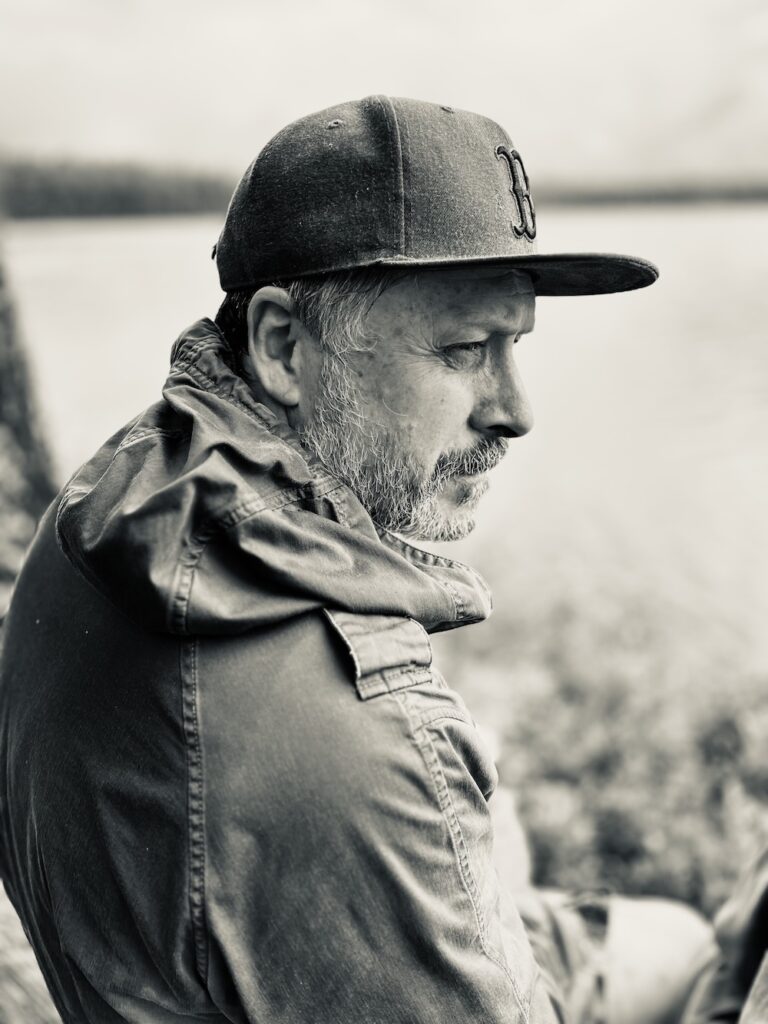
The creative force behind the piece is Ben West, a filmmaker, VFX Supervisor, and Creative Director at MakeMake, whose background spans architecture, visual effects, commercial, and narrative filmmaking. He brought his early version of The Stray to the festival not to premiere a final product, but to showcase a workflow. His session, “The Future of Story is Prototyped,” demonstrated how AI can support human-centered storytelling through collaboration, iteration, and visual experimentation.
“As a director, my goal is always to make sure that there’s a human element,” West says. “And that’s a tough thing when you are dealing with AI because there’s so much synthetic data that lacks humanity for obvious reasons. But as a storyteller, I think that’s the thing we’re craving and what audiences crave in the end.”
As a director, my goal is always to make sure that there’s a human element.
Story Origins
The Stray draws its inspiration from a real news article West read about a homeless man who rescued a litter of puppies. He left them at a shelter along with a note that said he wanted them to have a chance their mother never had. “It had an effect across all gamuts,” West recalls. “It was on Fox News, and it was on the Washington Post. And the response was universal.”
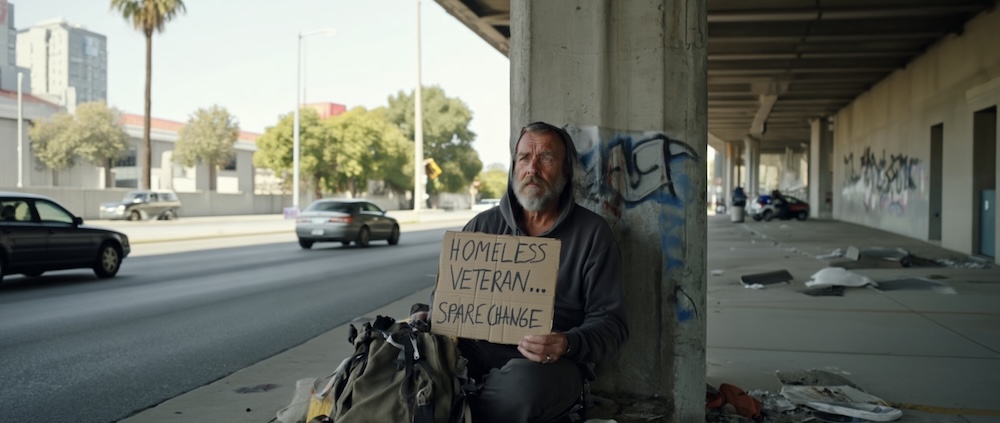
West reimagined the narrative through the silent bond between a man and a stray dog. The story is told without dialogue. Even so, the emotional arc is clear and affecting, especially when tragic events strike the highly sympathetic characters. “We encountered these moments where we start to feel things, we start to feel for the characters in the story and see the connection that’s taking place. It’s pretty compelling stuff,” he says.
AI was not the subject of the story. Instead, it served as a tool for shaping and refining the emotional beats. “It was what started as a sort of prototyping exercise to navigate some of the visualization of the story,” West explains. “We decided to center the whole talk around it. It felt like a good point of difference from a lot of the other stuff that you see out there.”
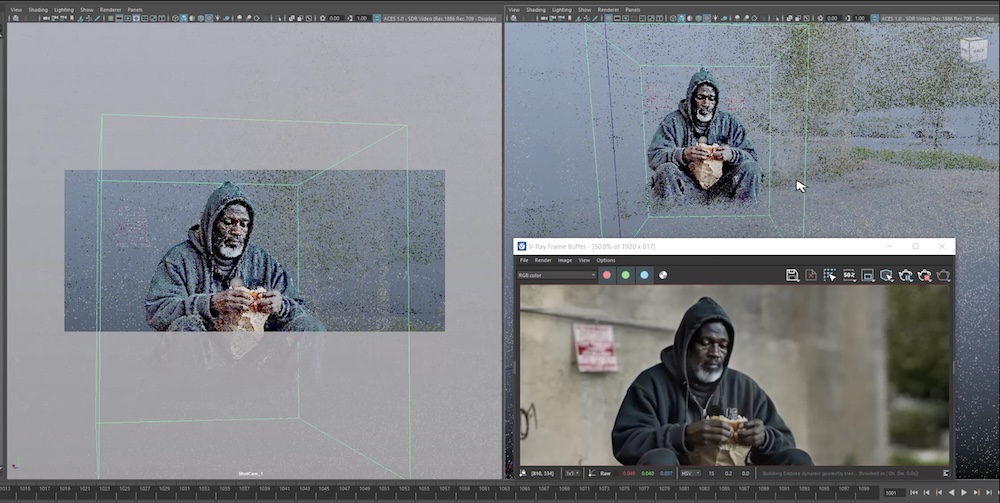
From Architecture to VFX to AI
West began his creative journey in architecture before moving into visual effects and then film school. That early resistance to technology shaped how he now thinks about creative tools. “At the time when I was at university, they wouldn’t allow us to use computers for visualising or drafting,” he recalls. “The psychology then was, ‘Oh, the computers do all the work.’ So now we’re in this kind of new paradigm where it’s like AI’s doing all the work.”
He describes his approach to creative work as grounded in first principles. “Having these sorts of first principles, where you are using a strong foundation that’s created with a sense of authorship, gives you the ability to start in a place where you can direct it from there. Something that you created personally, whether it’s a photograph, you wrote the story, or you are working with a storyboard artist and drawing storyboards. Anything that puts your foot on the ground in a grounded human way.”
Maintaining Control Over the Process
West is wary of the temptation to let AI dictate creative direction. “The risk of AI is that as a creative person, you could lose a sense of your own agency and the cart starts to lead the horse,” he says. “You start to say, ‘Oh, this looks cool,’ but it’s just you responding as an audience to the content rather than being a creator.”
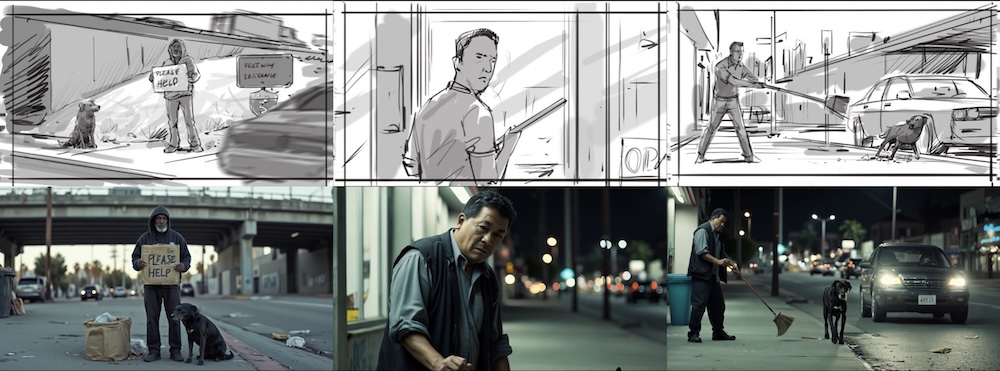
Instead, he emphasizes the importance of doing the work up front. “You have to marinate at the beginning on an idea or a story, or a process. Then, once you’re ready and feel confident about it, expand that. We were really about amplifying the creative process rather than having it usurped by agents.”
Studio Pipeline
One common misconception about AI filmmaking is that it is a solo endeavor. West makes it clear that his team brings a full range of creative roles to the table. “We’re in a unique position having a studio that has editors, directors, designers, VFX artists, the full gamut of the creative process for content making,” he says. “We’re constantly able to work with each other and find new ways of looking at creative problems and come up with solutions. AI is just enabling that a bit more.”
We’re constantly able to work with each other and find new ways of looking at creative problems and come up with solutions. AI is just enabling that a bit more.
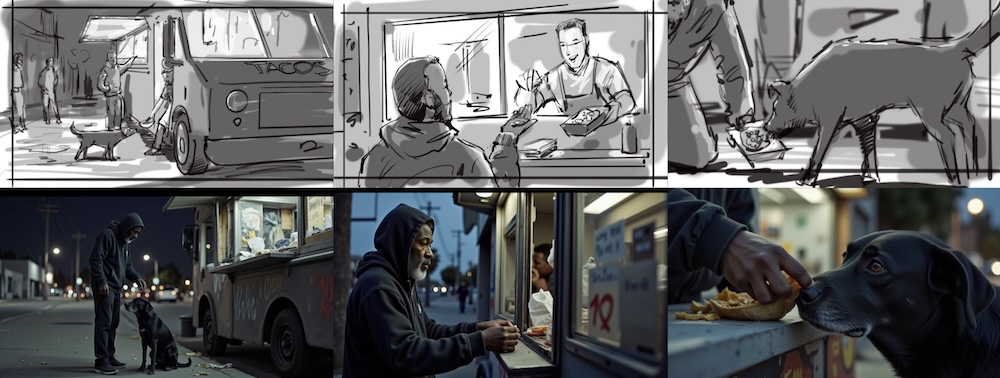
In practice, the team uses tools like ComfyUI and Invoke to generate elements based on visual direction. For The Stray, they developed sequences for lighting, trained models for character consistency, and used generative video to animate the scenes. “We landed on having a CG proxy and lighting that, so we had good light direction, which we used to drive some generative imagery using trained models. Then we used the video gen to bring it to life and comped it back into the plate.”
The results of these experiments do not just inform The Stray; they also ripple into West’s other commercial work. “We’ve been actively experimenting,” West says. “It’s a case where you take the wins as you go.”
AI as a Democratizing Force
AI tools offer the potential to open the filmmaking world to a broader range of voices. “It reminds me of film school in a way,” he says. “We all had the same tools. And so I feel like in the end it does democratize the process and hopefully people will have access to it that otherwise couldn’t tell stories and they’re gonna tell new stories.”
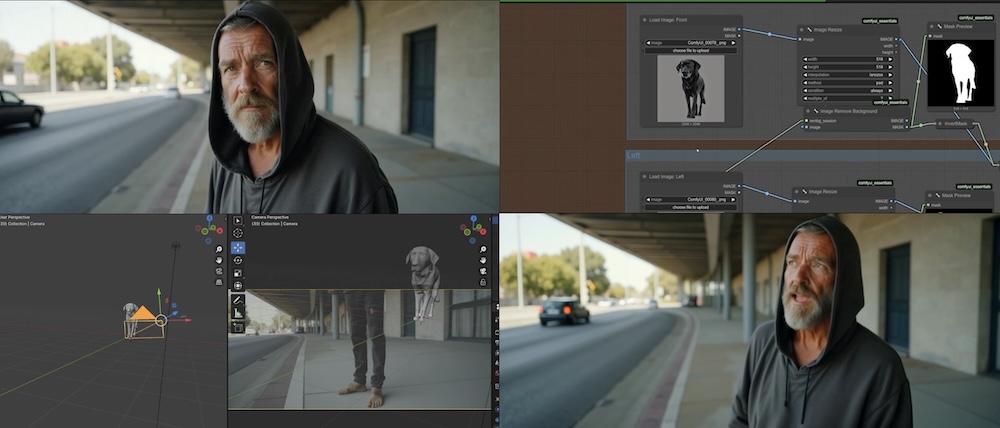
Still, he worries that the volume of new content could obscure the best of it. “The challenge will be how to find these stories. There’s already a lot of content that we have to wade through to find interesting stories or compelling approaches to making films.”
The quality of the story remains essential. “We can make things look amazing. But it still comes back to the challenge of storytelling.”
The Future of Filmmaking
Looking ahead, West sees the formats and tastes of audiences evolving. “Maybe we’ll have this incredible craving for documentaries because we want to see reality. We want to see something that’s tangible and there’s proof that this is existing in reality as opposed to something that’s created as a visual effect.”
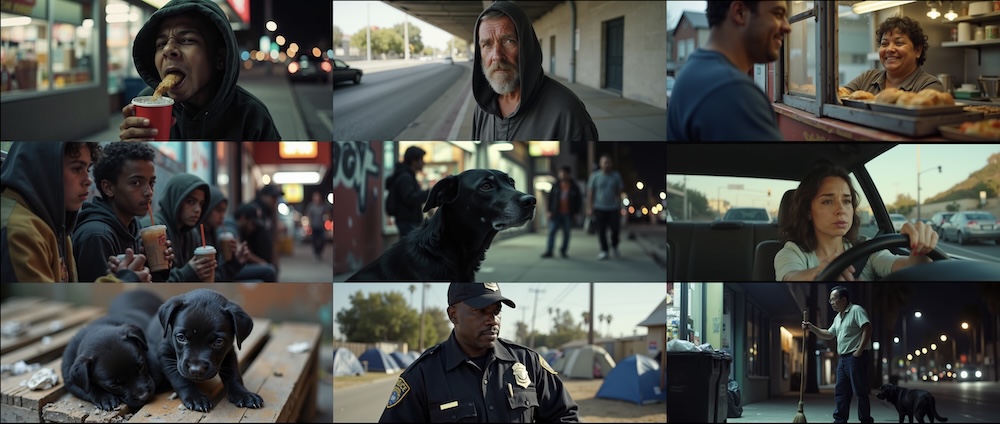
AI may also transform the filmmaking economy. “The more it gets adopted, the more the efficiency of the filmmaking process will improve. So, there may be fewer people making more movies.”
Final Thoughts
The Stray is still in production, and though it has not yet been released publicly, its early reception suggests that emotionally rich AI-assisted films may be closer than we think. “You don’t normally have that kind of experience when you’re watching AI footage,” West reflects. “It’s just ‘Oh, that’s cool,’ but whatever…”
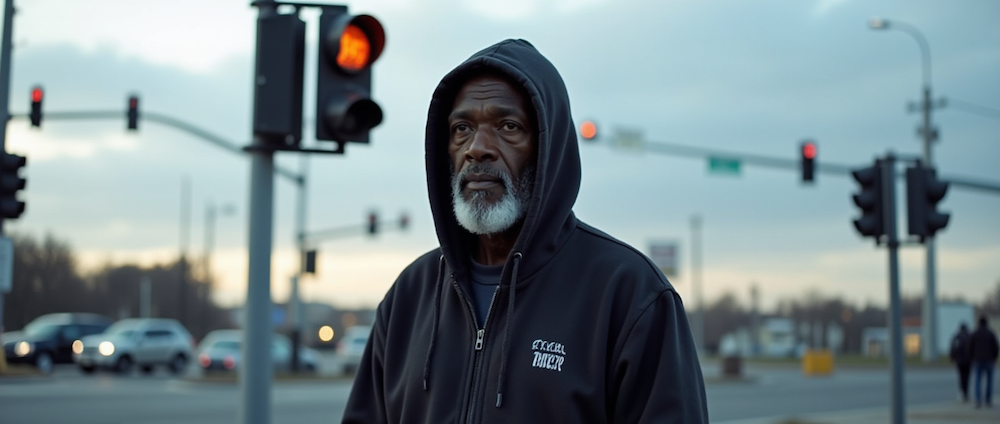
Instead, he wants the audience to feel something. “The hope is that out of all of this, we have new stories. Stories that stretch the imagination outside of the usual channels. Where we see something and think, ‘Wow, that’s an interesting worldview.’”
To learn more about Ben West, please visit: https://www.ben-west.com and https://makemake.com.
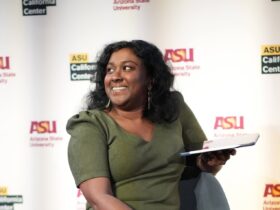
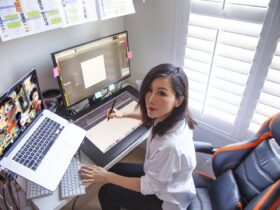
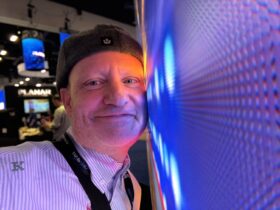
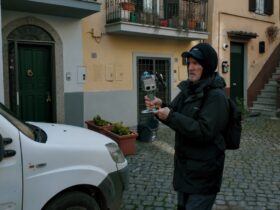

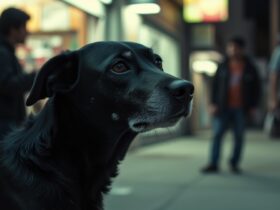
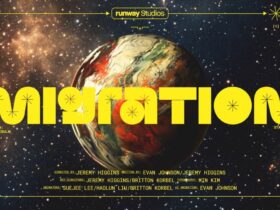
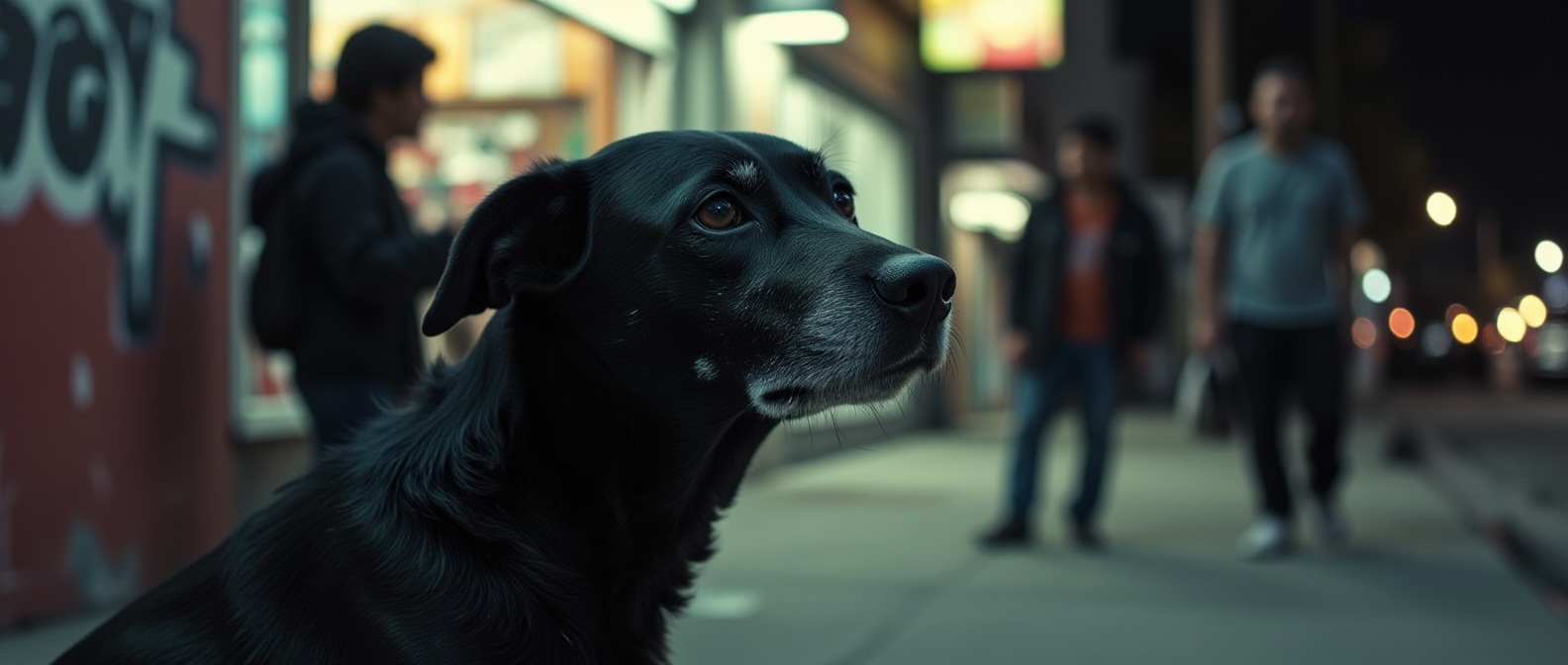
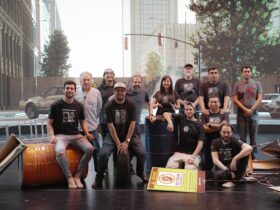
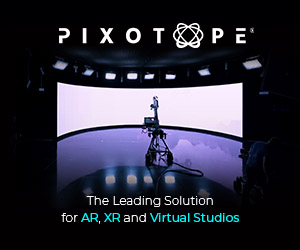

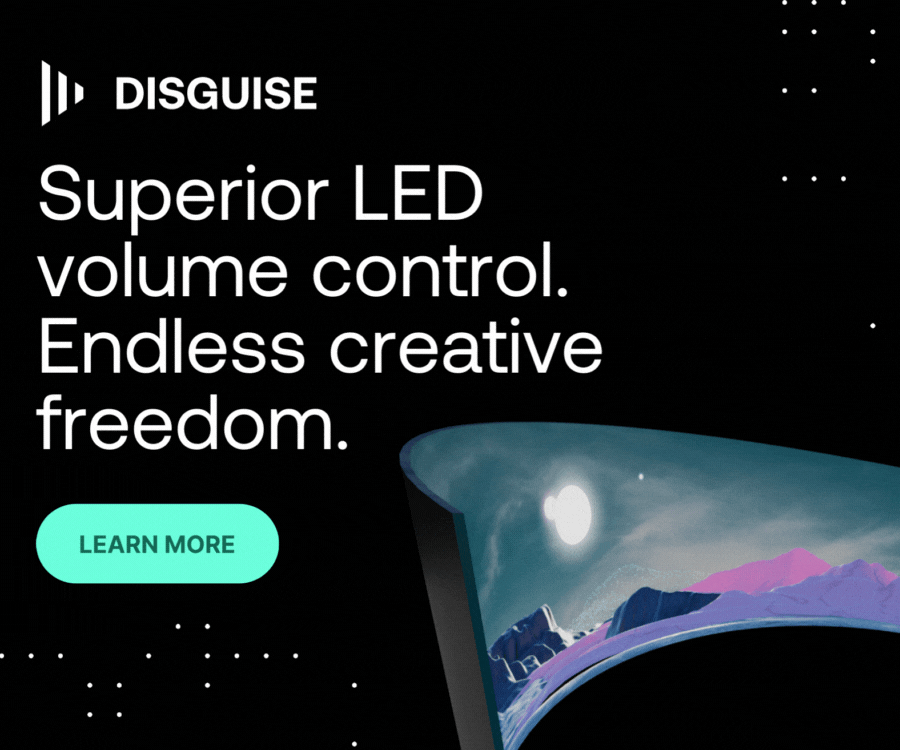

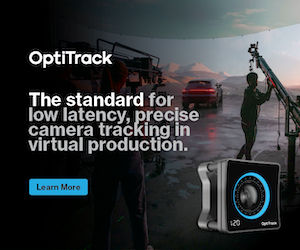
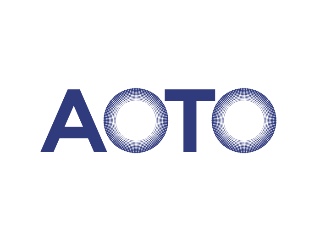

Leave a Reply